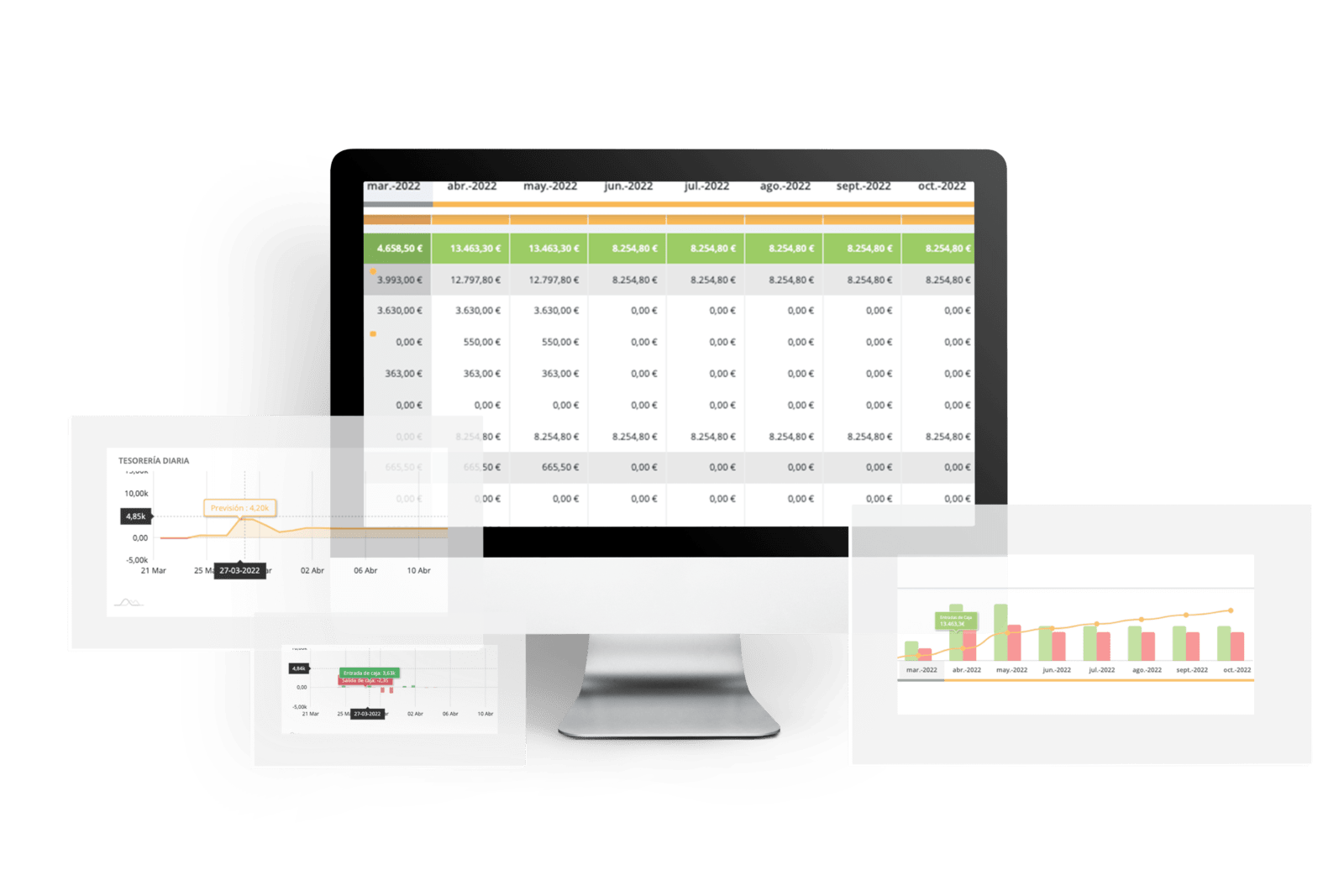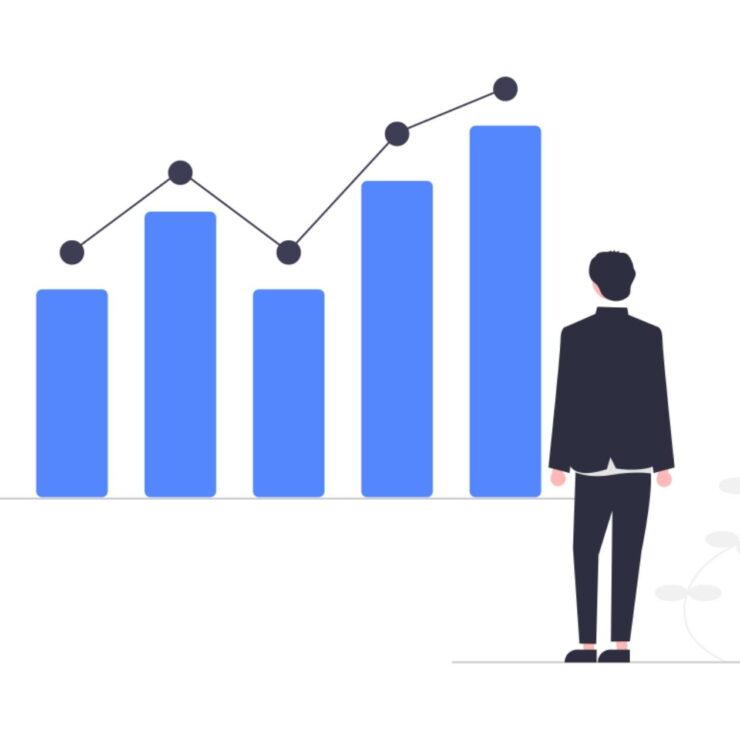One of the most strategic aspects of the management of any business has to do with the treasury. That’s why it’s key to know the health of the company, as it helps us determine some of the critical points on which the growth of my business depends with these 3 key treasury KPIs for business growth.
Treasury KPIs are the Key Performance Indicators (KPIs are the way to measure an action or a set of initiatives. In the case of treasury KPIs, they help us to identify the objectives we want to achieve depending on the function we want them to have: liquidity, financing and banking, banking or risk.
LIQUIDITY INDICATORS
These KPIs define the control of the cash position and bank balances with an interim forward-looking view. They seek to maintain the level of cash balances at an adequate level. In other words, if it is below the level set by the company, solutions will have to be sought, such as finding sources of financing or adapting measures to avoid this deviation. If, on the other hand, we have excess cash, it means that we are not being efficient with the funds and that we have to plan some investments with the temporary surpluses.These indicators are:
- Liquidity at 30, 60 and 90 days.
- Cash flow evolution
- Financial capacity
- Average balance
RISK INDICATORS
They measure currency and interest rate risk exposure and hedging. In other words, interest rate risk arises from changes in the interest rate of a company’s assets and liabilities, which can have a direct or indirect impact on its financial and economic health. These risks, depending on where they are (on the assets side or on the liabilities side), can be positive or negative. That is, if interest rates rise, it will be detrimental to pay credit payments, whereas, if the company has investments in deposits or other fixed income products, you will receive more money than was previously invested.The indicators are:
- Interest rate risk. Exhibition.
- Percentage of interest rate risk coverage.
- If there is currency: currency risk.
FINANCING AND INVESTMENT INDICATORS
These measure the risks associated with financing and investments. These indicators are:- Balance available
- Average monthly risk
- Maximum utilization of financing
- Weighted average rate
- Maturity of financing
- Average profitability
- Average maturity of investments
Try Orama with no commitment
Save time and errors!
Guided onboarding
No credit card required
Cancel anytime





